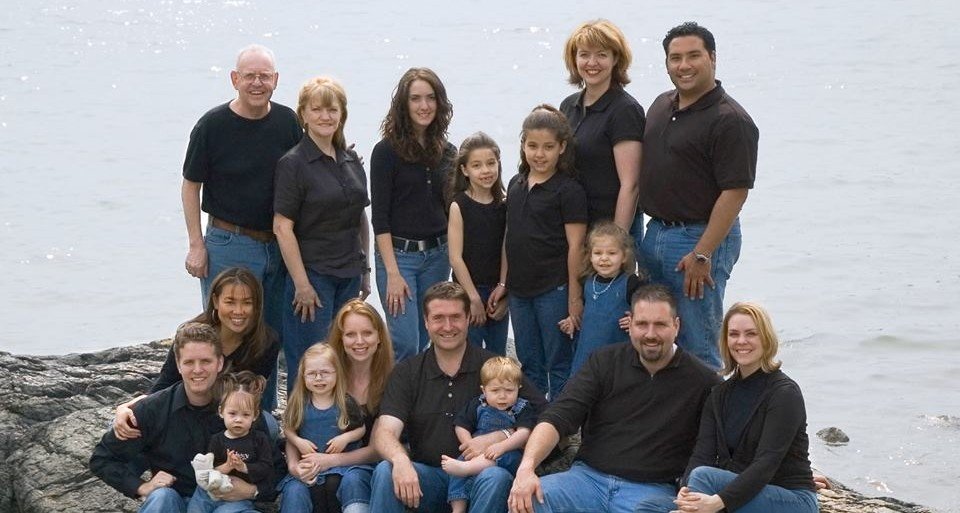For as long as humans have possessed physical money and property, the processes by which most people have planned for their families’ futures have utilized two traditional planning components; financial planning and estate planning. Unfortunately, pretty much since the dawn of time, nine out of ten families who completed their planning that way ended up losing just about everything their plans were supposed to protect. To be exact, in 70% of families where wealth has been created in generation one, both the assets and the family unity are demolished by the end of generation two. By the end of the third generation, more than 90% of families see both their unity and their assets disappear.
What is responsible for the collapse of multi-generational family wealth and unity? Is it divorce, poor financial planning, substance addiction, irresponsible spending by heirs, or just bad luck? There is no doubt that there is a direct correlation between those troubles and the chaos that can tear families apart. But until recently, the planning world wasn’t looking outside the box for solutions.
Rod Zeeb, the CEO and founder of The Heritage Institute, was not satisfied with the ‘90% will fail’ status quo. He was passionate about helping his own clients get through what he dubbed to be a new kind of Midas Curse. Rod’s focus was here: If 90% of families fail at the task of keeping their family unity and their family assets together for more than two generations, what do the successful 10% do differently?
Zeeb was convinced that the answer to helping families to transfer the things that mattered most to them (money being only part of that equation) from one generation to the next was out there. His objective from the outset of what was to become a two-decade journey was now crystal clear: first, he wanted to discover what the successful 10% do differently than the 90% who fail, and second, he wanted to develop practical solutions that could help families overcome the 90% failure rate and go on to thrive for generations.
The most significant finding that came out of Zeeb’s research was this: the reason that the 10% succeed from one generation to the next was not a reflection or result of their financial or estate planning. Most professionals deliver good planning to their clients, and they always have. Instead, the difference between the 10% who successfully keep their family unity and their assets together for multiple generations and the 90% of families who fail is that successful families add a 3rd ‘component’ to the traditional disciplines of financial and estate planning. That component is known today as Heritage Design.
Heritage Design is a process by which the successful 10% consciously, rigorously, and continuously prepare their family for both kinds of inheritances they will receive. The first, the financial inheritance, is the one with which we are most familiar. The second is identified in a study by the Allianz insurance company which found that leaving a legacy (which is another description for the familial inheritance) was far more important to people than leaving a financial inheritance. In fact, 86% of both “baby boomers” and 74% of elders rated “values and life lessons” as the most important inheritance they could receive or leave. And, another study done in 2019 by Wells Fargo Bank, found that 90% of adult children of millionaires cherish family values over wealth. The Allianz study also concluded, "What we found was the memories, the stories, the values were ten times more important to people than the money."
If we have learned anything from decades of experience and studies, it is that planning for the future of your money is not the same as planning for the future of your family.


